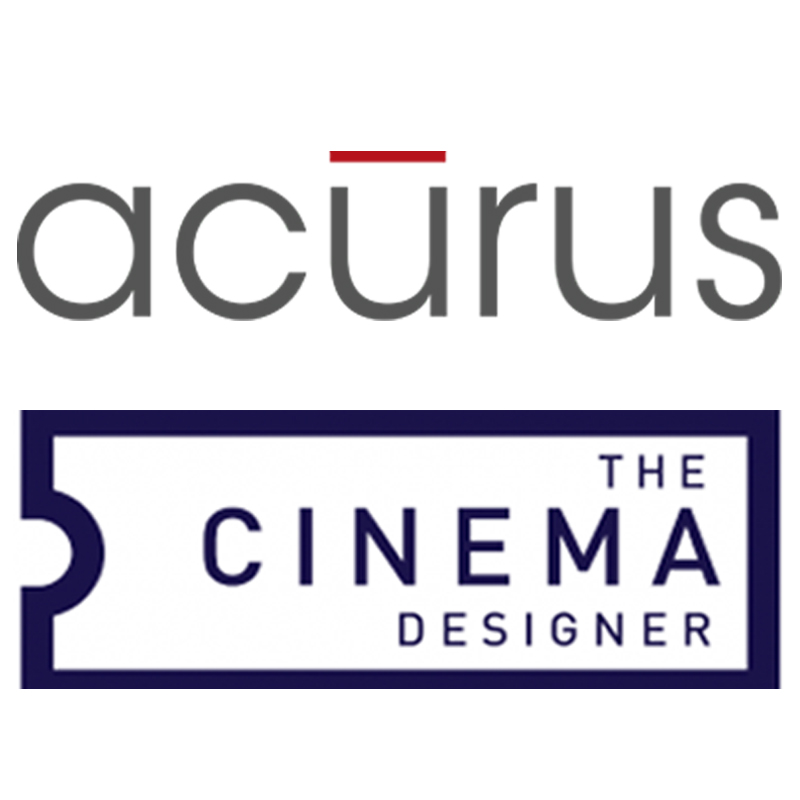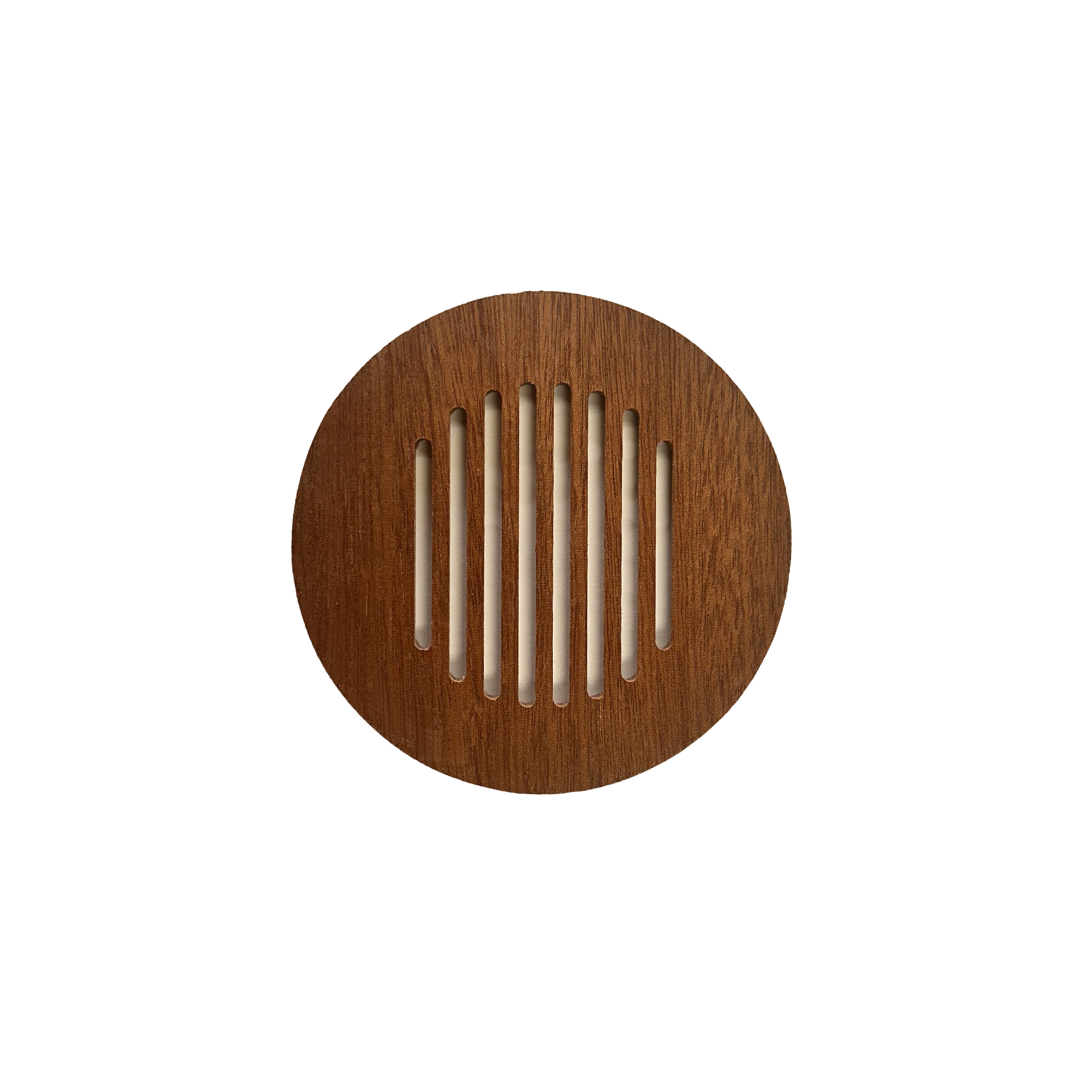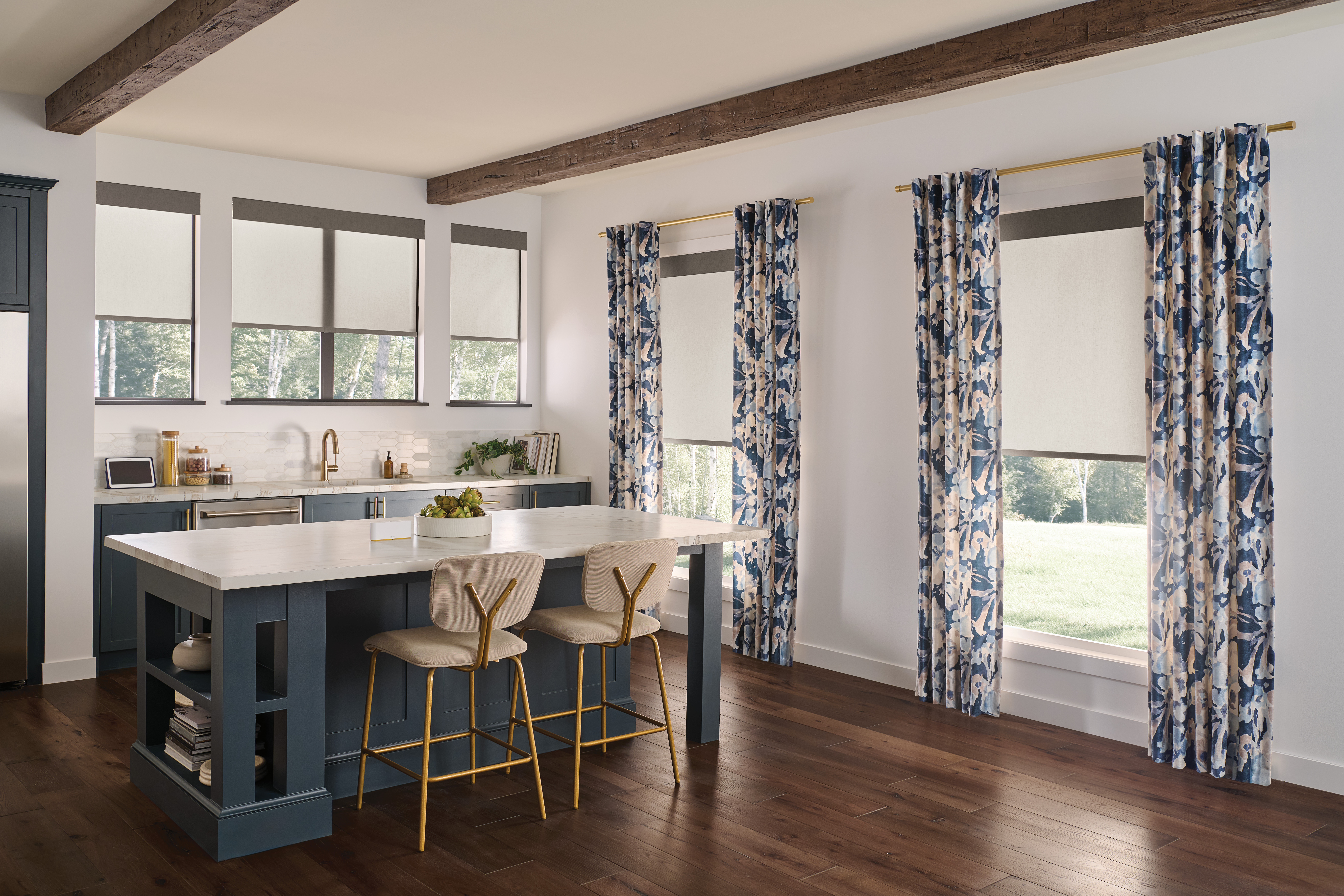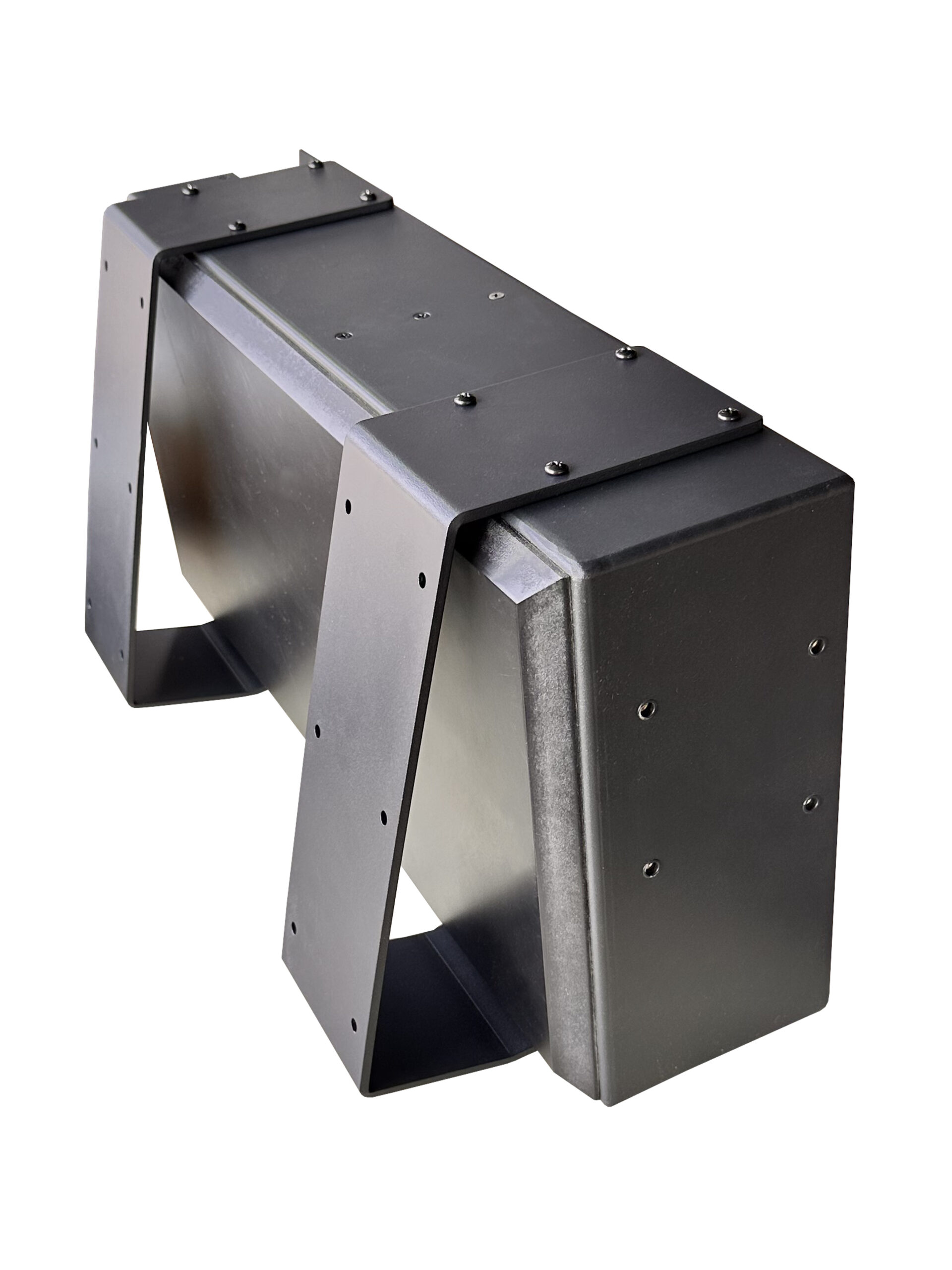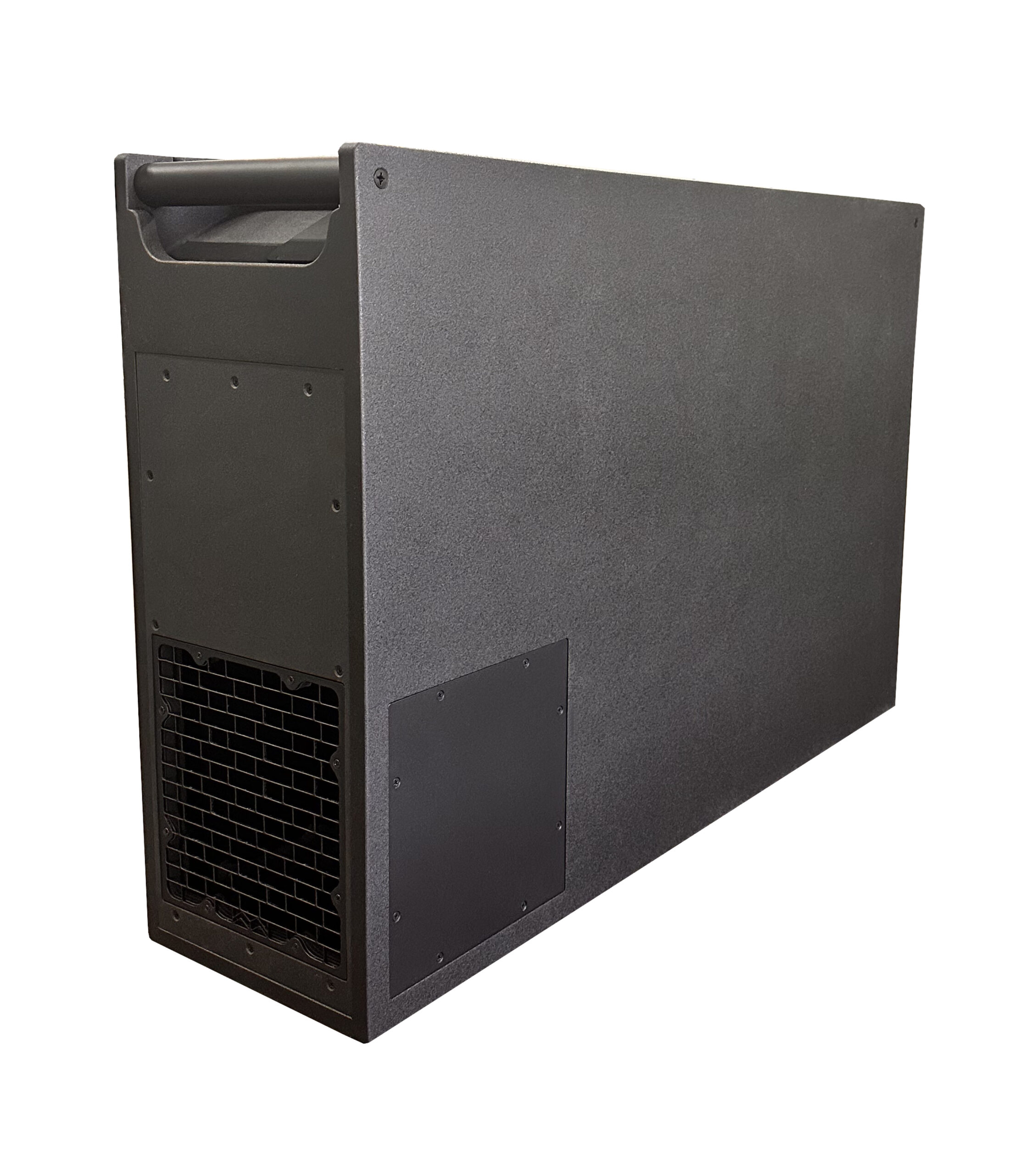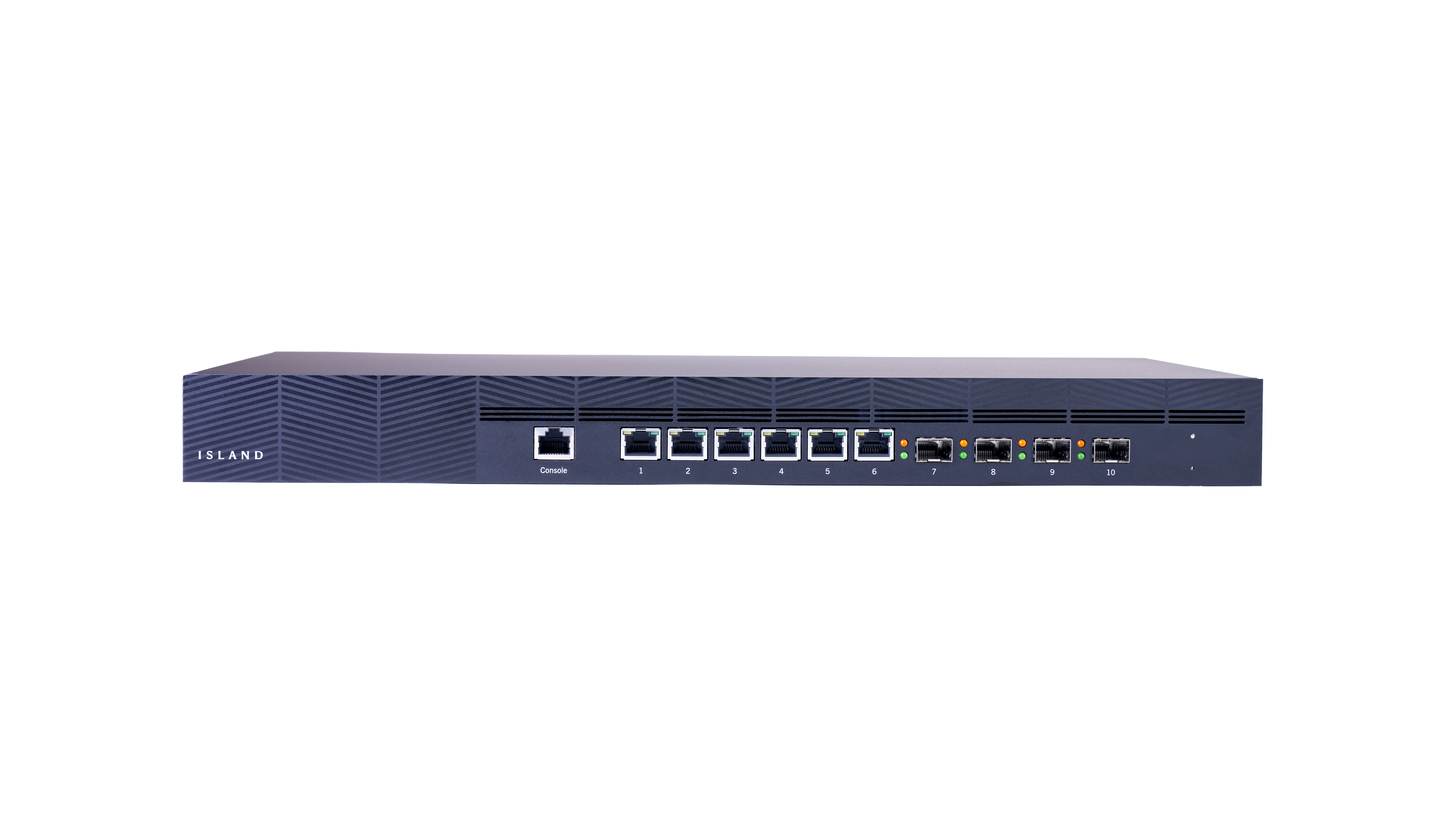Acurus Home Theatre Processors
and Amplifiers Join The Cinema Designer Database
Designing
immersive audio Acurus home cinemas and media rooms has never been easier or
quicker: Acurus’ range of home theatre processors and amplifiers are now available
within multiple CEDIA Award-winning, global cloud-based design software, The
Cinema Designer’s online database.
Indianapolis,
IN – August 7, 2018 – Indy Audio Labs brand, Acurus, has announced that it has
joined home theatre design software, The Cinema Designer’s (TCD) manufacturer database. Effective
immediately, integrators and dealers using TCD can begin designing everything
from small media rooms, right up to high render channel count immersive audio
home theaters using Acurus’ prestigious range of home theatre processors and
amplifiers.
Included
within TCD’s broad manufacturer database is Acurus’ ACT-4 20-channel immersive
audio processor, which was designed to act as the headquarters of a modern 4K,
high-channel count home theatre, boasting support for fully decoding and
up-mixing to the largest speaker layouts. Also included is the A2007
seven-channel, all-in-one amplification solution for a high-performance,
modern, immersive home cinema system, the five-channel A2005 and the
two-channel A2002 home theatre amplifiers.
“The
Cinema Designer is the most powerful cinema design tool available,” said Ted
Moore, Co-founder and CTO, Indy Audio Labs. “The Cinema Designer brings a new
level of efficiency, acoustic parametric design, professionalism and awareness
to the entire personalized cinema design process for the premium customer. It
really does remove the pain for both the integrator and the end consumer and
replaces it with relevant technology that is fast and very cool to use.”
Crucially,
using TCD will allow integrators and dealers to confidently design technically
perfect immersive audio Acurus home theatres in a matter of minutes,
eliminating the guesswork when it comes to placing all the required
loudspeakers accurately in a room in a way that is relative to the listening area.
Using TCD is the only way home technology professionals can accurately design
technically perfect high render channel count immersive audio home theatres in
such a short space of time.
Creating
3D CAD drawings, 3D renders and working out the mathematics associated with
technically correct cinema and media room designs can take days, if not weeks
depending on the ability of the integrator. What TCD does is bring the entire
cinema design process into one place – automatically updating calculations and
ideal equipment placement as the integrator makes changes, in real-time.
TCD
calculates and produces in minutes what would take an experienced cinema
designer weeks to complete, quickly specifying the precise location of all
cinema and media room equipment, while eliminating equipment combinations that
won’t work.
TCD
can be used anywhere in the world, allowing home cinema professionals to design
any dedicated cinema or media room in minutes using products from the best
manufacturers the residential theatre industry has to offer.
TCD
creates peer-reviewed standard cinema designs and full documentation, allowing
users to produce technically impeccable dedicated theatre and media room
designs with predictable results, 3D renders accurately reflecting the finished
room, in addition to producing a 3D CAD drawing of any room in under 30
seconds.
TCD
integrates with D-Tools’ SI 2017 software, offering installers and dealers a
powerful all-in-one cinema room design tool that allows users to export a TCD
design into D-Tools via a CSV file, calculate local area pricing, TAX, required
labor and associated costs, in addition to importing TCD’s 3D CAD drawings into
Visio.
about The Cinema Designer: The Cinema Designer (TCD) is a double CEDIA Award-winning
cloud-based, interactive, standards-driven online tool that calculates in
minutes what would typically take an experienced cinema designer weeks to
design, producing a complete 40+ page cinema design proposal including audio
and video calibration reports, 3D renders accurately reflecting the finished
room, and 3D CAD drawings of the room. TCD brings the entire cinema design
process into one place: the user enters in the dimensions of the room and then
works methodically through the entire cinema design. TCD specifies the precise
location of the loudspeakers, screen, seating, projector, provides
amplification and processor requirements, calculates the RT60 value, and much
more. Using TCD is the only way home technology professionals can accurately
design technically perfect high render channel count immersive audio home
theaters in such a short space of time. The software is available to users all
over the world, producing documentation that meets the minimum standard
required to enter the CEDIA Awards in its cinema and media room design
categories.
For
more information about The Cinema Designer’s subscription options and to create an account, visit the website at https://thecinemadesigner.com/. For
TCD software updates and news, follow TCD on Twitter, Facebook, LinkedIn, and Instagram.
The Cinema Designer contact: Guy Singleton
about Indy Audio Labs: Headquartered in Indianapolis, IN (USA), Indy
Audio Labs is an international leader in audio electronics design and
manufacturing and is owner of the revered high-performance brands Aragon and
Acurus. Indy Audio Labs manufactures all its audio components in the USA using
custom fabricated parts and assemblies based on its proprietary electronics,
mechanical, and software designs.
media contact: Deirdre Moore, Director of Marketing &
Communications
[email protected] phone: 317-504-4549
sales contact: Sheldon Combs, VP of International &
Western U.S. Sales
[email protected] phone:
317-485-7088
sales contact: Jim Sperandio, VP of Eastern U.S. Sales
[email protected] phone:
317-603-9266
v\:* {behavior:url(#default#VML);}
o\:* {behavior:url(#default#VML);}
w\:* {behavior:url(#default#VML);}
.shape {behavior:url(#default#VML);}
Normal
0
false
false
false
false
EN-US
JA
X-NONE
<!–
/* Font Definitions */
@font-face
{font-family:”Cambria Math”;
panose-1:2 4 5 3 5 4 6 3 2 4;
mso-font-charset:1;
mso-generic-font-family:roman;
mso-font-format:other;
mso-font-pitch:variable;
mso-font-signature:0 0 0 0 0 0;}
@font-face
{font-family:Calibri;
panose-1:2 15 5 2 2 2 4 3 2 4;
mso-font-charset:0;
mso-generic-font-family:auto;
mso-font-pitch:variable;
mso-font-signature:-536870145 1073786111 1 0 415 0;}
@font-face
{font-family:”Myriad Pro”;
panose-1:2 11 5 3 3 4 3 2 2 4;
mso-font-charset:0;
mso-generic-font-family:auto;
mso-font-pitch:variable;
mso-font-signature:536871559 1 0 0 415 0;}
/* Style Definitions */
p.MsoNormal, li.MsoNormal, div.MsoNormal
{mso-style-unhide:no;
mso-style-qformat:yes;
mso-style-parent:””;
margin:0in;
margin-bottom:.0001pt;
mso-pagination:widow-orphan;
font-size:11.0pt;
font-family:Calibri;
mso-ascii-font-family:Calibri;
mso-ascii-theme-font:minor-latin;
mso-fareast-font-family:Calibri;
mso-fareast-theme-font:minor-latin;
mso-hansi-font-family:Calibri;
mso-hansi-theme-font:minor-latin;
mso-bidi-font-family:”Times New Roman”;
mso-bidi-theme-font:minor-bidi;}
p.MsoHeader, li.MsoHeader, div.MsoHeader
{mso-style-priority:99;
mso-style-link:”Header Char”;
margin:0in;
margin-bottom:.0001pt;
mso-pagination:widow-orphan;
tab-stops:center 3.25in right 6.5in;
font-size:11.0pt;
font-family:Calibri;
mso-ascii-font-family:Calibri;
mso-ascii-theme-font:minor-latin;
mso-fareast-font-family:Calibri;
mso-fareast-theme-font:minor-latin;
mso-hansi-font-family:Calibri;
mso-hansi-theme-font:minor-latin;
mso-bidi-font-family:”Times New Roman”;
mso-bidi-theme-font:minor-bidi;}
p.MsoFooter, li.MsoFooter, div.MsoFooter
{mso-style-priority:99;
mso-style-link:”Footer Char”;
margin:0in;
margin-bottom:.0001pt;
mso-pagination:widow-orphan;
tab-stops:center 3.25in right 6.5in;
font-size:11.0pt;
font-family:Calibri;
mso-ascii-font-family:Calibri;
mso-ascii-theme-font:minor-latin;
mso-fareast-font-family:Calibri;
mso-fareast-theme-font:minor-latin;
mso-hansi-font-family:Calibri;
mso-hansi-theme-font:minor-latin;
mso-bidi-font-family:”Times New Roman”;
mso-bidi-theme-font:minor-bidi;}
a:link, span.MsoHyperlink
{mso-style-priority:99;
color:blue;
mso-themecolor:hyperlink;
text-decoration:underline;
text-underline:single;}
a:visited, span.MsoHyperlinkFollowed
{mso-style-noshow:yes;
mso-style-priority:99;
color:purple;
mso-themecolor:followedhyperlink;
text-decoration:underline;
text-underline:single;}
span.HeaderChar
{mso-style-name:”Header Char”;
mso-style-priority:99;
mso-style-unhide:no;
mso-style-locked:yes;
mso-style-link:Header;}
span.FooterChar
{mso-style-name:”Footer Char”;
mso-style-priority:99;
mso-style-unhide:no;
mso-style-locked:yes;
mso-style-link:Footer;}
.MsoChpDefault
{mso-style-type:export-only;
mso-default-props:yes;
font-size:11.0pt;
mso-ansi-font-size:11.0pt;
mso-bidi-font-size:11.0pt;
font-family:Calibri;
mso-ascii-font-family:Calibri;
mso-ascii-theme-font:minor-latin;
mso-fareast-font-family:Calibri;
mso-fareast-theme-font:minor-latin;
mso-hansi-font-family:Calibri;
mso-hansi-theme-font:minor-latin;
mso-bidi-font-family:”Times New Roman”;
mso-bidi-theme-font:minor-bidi;}
@page WordSection1
{size:8.5in 11.0in;
margin:103.7pt .5in 1.0in .5in;
mso-header-margin:.5in;
mso-footer-margin:45.35pt;
mso-paper-source:0;}
div.WordSection1
{page:WordSection1;}
–>
/* Style Definitions */
table.MsoNormalTable
{mso-style-name:”Table Normal”;
mso-tstyle-rowband-size:0;
mso-tstyle-colband-size:0;
mso-style-noshow:yes;
mso-style-priority:99;
mso-style-parent:””;
mso-padding-alt:0in 5.4pt 0in 5.4pt;
mso-para-margin:0in;
mso-para-margin-bottom:.0001pt;
mso-pagination:widow-orphan;
font-size:11.0pt;
font-family:Calibri;
mso-ascii-font-family:Calibri;
mso-ascii-theme-font:minor-latin;
mso-hansi-font-family:Calibri;
mso-hansi-theme-font:minor-latin;}

